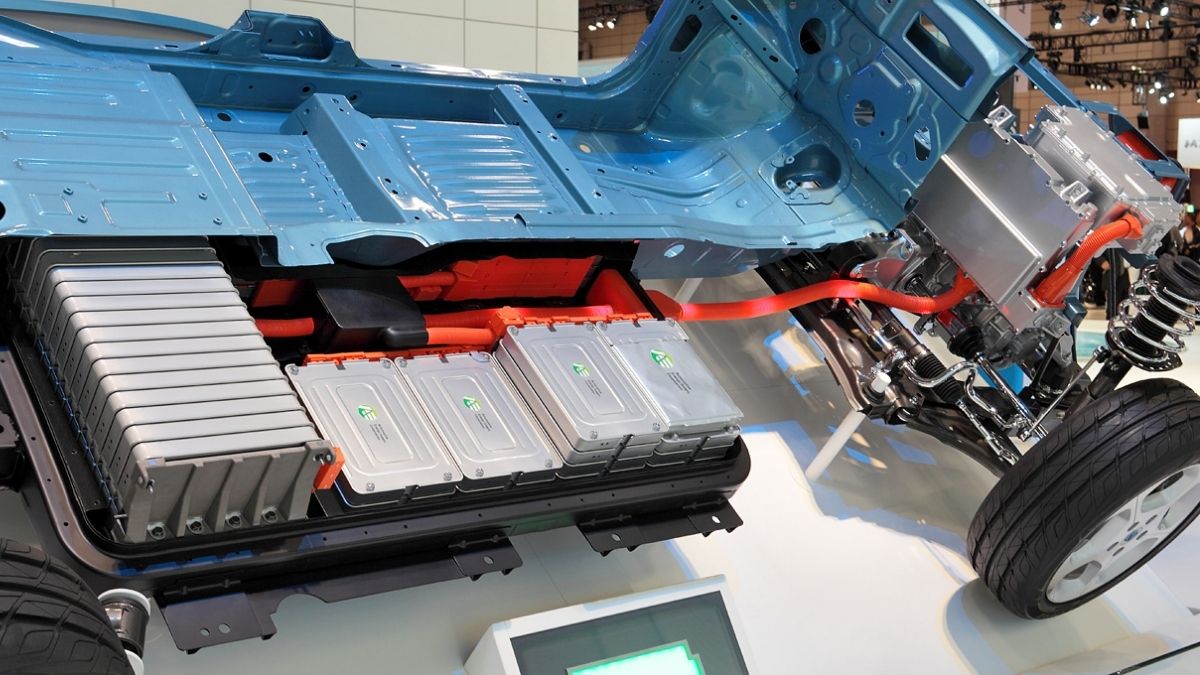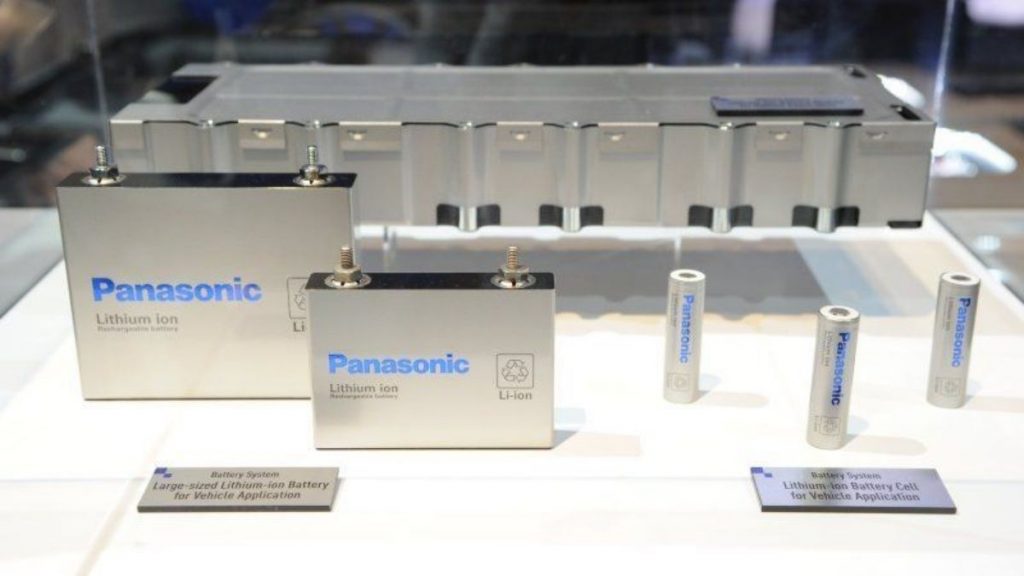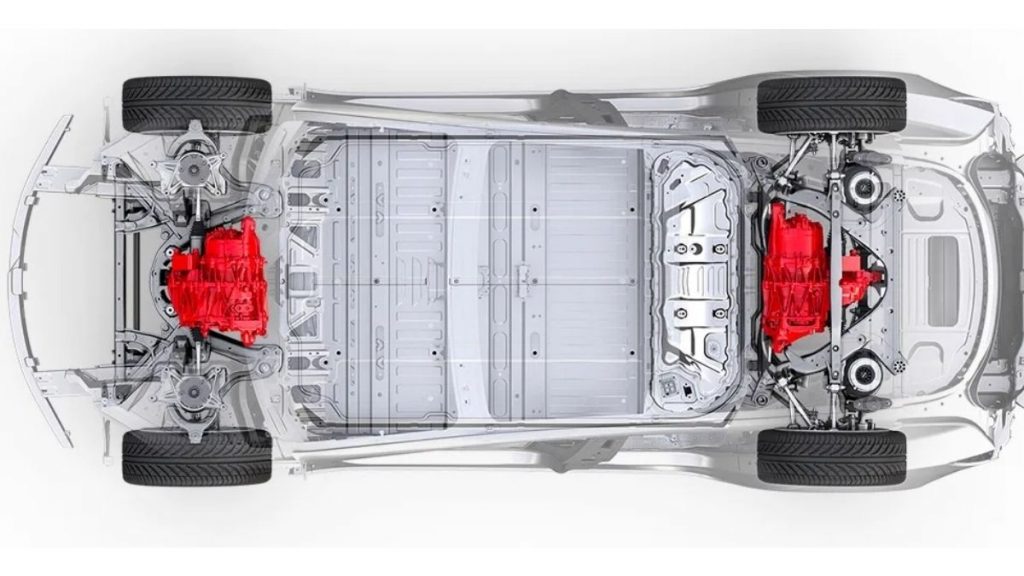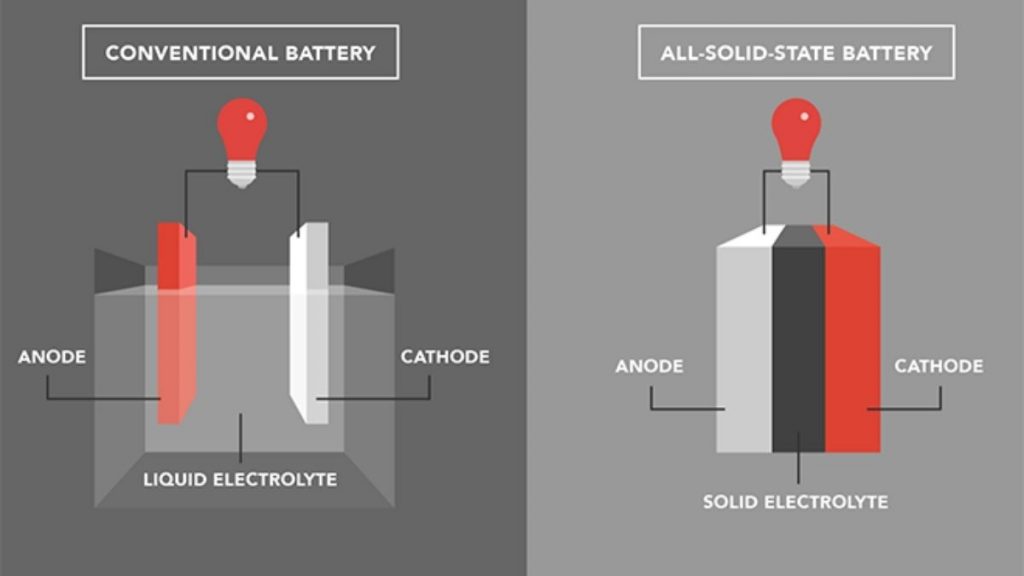
A battery is a very important part of an electric car. It’s simply the powerhouse of an electric car.
It stores the energy required by motors to spin the wheels. An electric car cannot function without a battery.
Today, we’ll discuss everything in detail about an electric car battery from its working, application to its advantages, disadvantages and much more.
Before we move ahead let’s look at the different types of electric car batteries.
Also Read: How Do Electric Cars Work? Explained
Different Types Of Electric Car Batteries
In today’s world, there are different types of electric car batteries and their classification is done on the basis of material used for constructing them. Here are some of the most common types of electric car batteries:
- Lithium-Ion Battery
- Solid-State Battery
Lithium-Ion is the most commonly used battery in electric cars.
Structure Of A Lithium-Ion Battery
Lithium-ion batteries contain a cathode, an anode which are simply the electrodes, a separator, and an electrolyte.
This chemistry is simple as in most batteries. Let’s understand this better through its functioning.
How Does A Lithium-Ion Battery Work In An Electric Car?

In a Li-ion battery, the lithium ions flow from the negative electrode to the positive electrode. When the battery charges, the lithium ions move away from the positive electrode towards the negative one and stay there.
Similarly, when the battery of an electric car charges for the first time, the electrodes react with the electrolyte to form an initial SEI (Solid Electrolyte Interface) layer/ separator.
This reduces the battery capacity by a small amount, and the process is called Formation Loss.
However, this initial formation of the SEI layer facilitates the battery to get charged and discharged thousands of times without the electrode reacting with electrolytes.
Why Lithium-Ion Batteries Are Used In Electric Cars?
As mentioned above, electric car batteries are generally made up of lithium-ion cells. It’s widely used because of its following advantages:
- High Energy Density: Lithium-ion cells can store a high amount of energy while maintaining their compact size. This allows it to consume less space, thus, providing more room for automakers to utilize.
- Higher Charging Cycles: Each time the battery recharges and discharges, it is known as a Charge cycle. All batteries degrade after each cycle. However, Lithium-ion batteries can be recharged several times with very little degradation.
- Low Risk of Fire: Lithium-ion batteries have one of the most stable configurations. Due to this, the battery doesn’t catch fire easily making it safe to use.
Where Are Batteries Installed In Electric Cars (Advantages)?

Most lithium-ion battery packs weigh a significant amount. The batteries are usually placed underneath the car’s floor.
The heavy battery packs increase the weight of the electric vehicle significantly, but it also provides them with a very low center of gravity. Which, in turn, provides them with a very planted ride.
However, in some electric cars, batteries are also installed in the front bonnet.
Example: Battery Of Tesla Model 3 Electric Car
The Tesla Model 3 is designed to have more than 1,300 charging cycles. This means that the Model 3 can easily travel 300,000 miles before it starts to show any significant signs of battery degradation.
The chemical composition of electric car batteries also keeps changing as we move ahead in time. Currently, Tesla uses a combination of Nickle-Manganese-Cobalt in the ratio of 8:1:1. The most expensive component in this combination is Cobalt.
According to a recent report, Tesla plans to further reduce the proportion of Cobalt in its future electric car batteries. This will help make the upcoming EVs very affordable.
Solid-State Battery

Unlike normal batteries, Solid-State Batteries do not have a liquid electrolyte in between the electrodes. Instead, there’s a solid electrolyte, mostly a glass or any other material.
What Are The Advantages Of A Solid State Battery?
According to experts, Solid State Batteries have several advantages over a conventional Li-ion battery.
- Higher Energy Density: According to John B. Goodenough, a pioneer in the field of lithium-ion batteries, a Solid-State Battery has almost 3 times more energy density than that of a lithium-ion battery.
- Cheap: Solid-State Batteries are much more affordable than a lithium-ion battery.
- Safer: Solid-State Batteries can function at a wide range of temperatures. Due to this, it’s not prone to catching fire even in extreme temperatures making it safe to use.
What’s The Problem With Solid State Batteries?
Although scientists have always given a very positive response on solid-state batteries, it’s still not ready to be used in EVs.
Solid-state batteries are still in the developmental stage and many companies are working on it. Thus, it would take four to five years for the technology to become commercially viable.
Once the technology gets optimized and functional, we hope it can replace the lithium-ion batteries.
The post Here’s Everything You Need To Know About Electric Car Batteries appeared first on Fossbytes.
Here’s Everything You Need To Know About Electric Car Batteries
read more
No comments:
Post a Comment